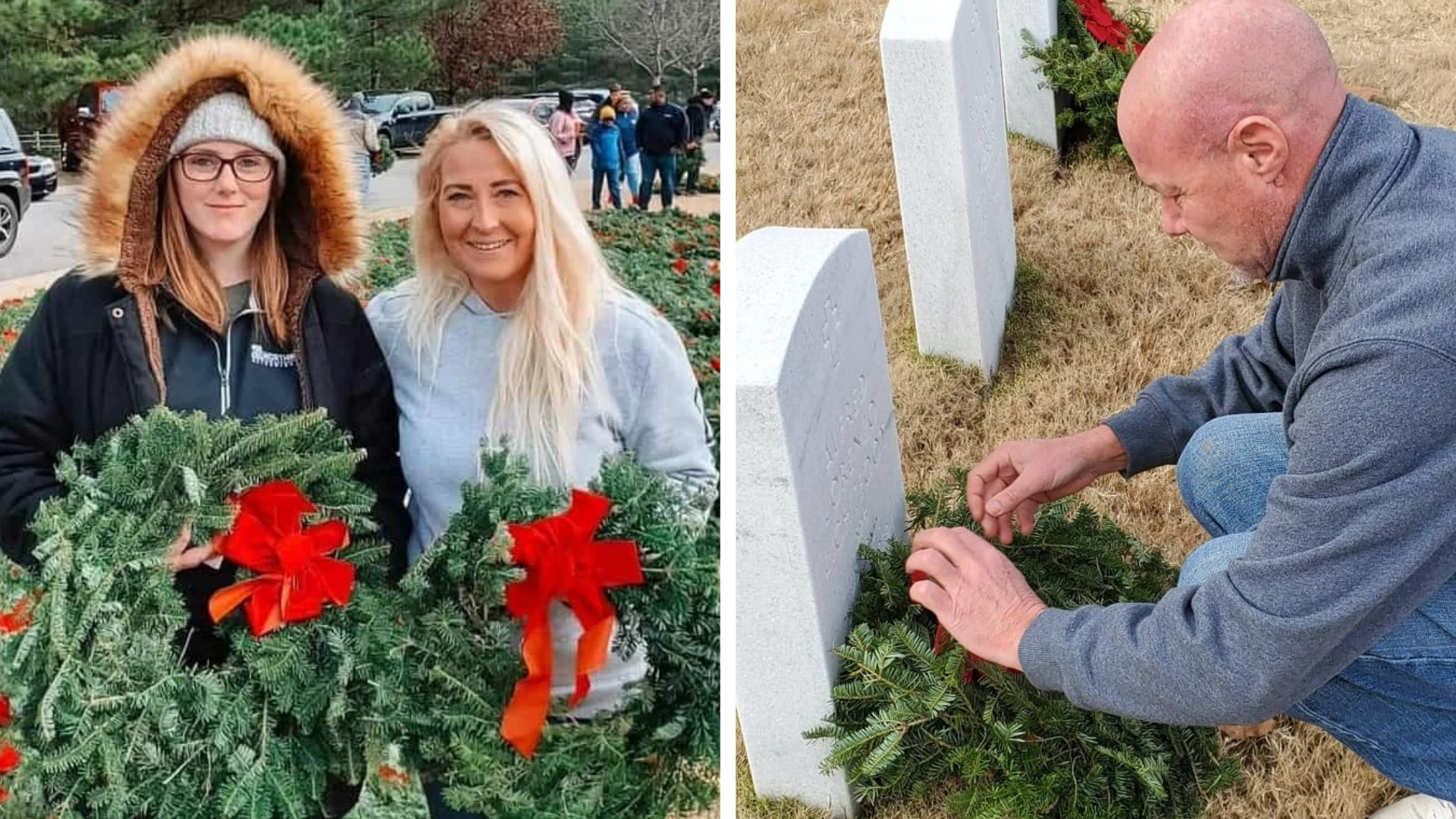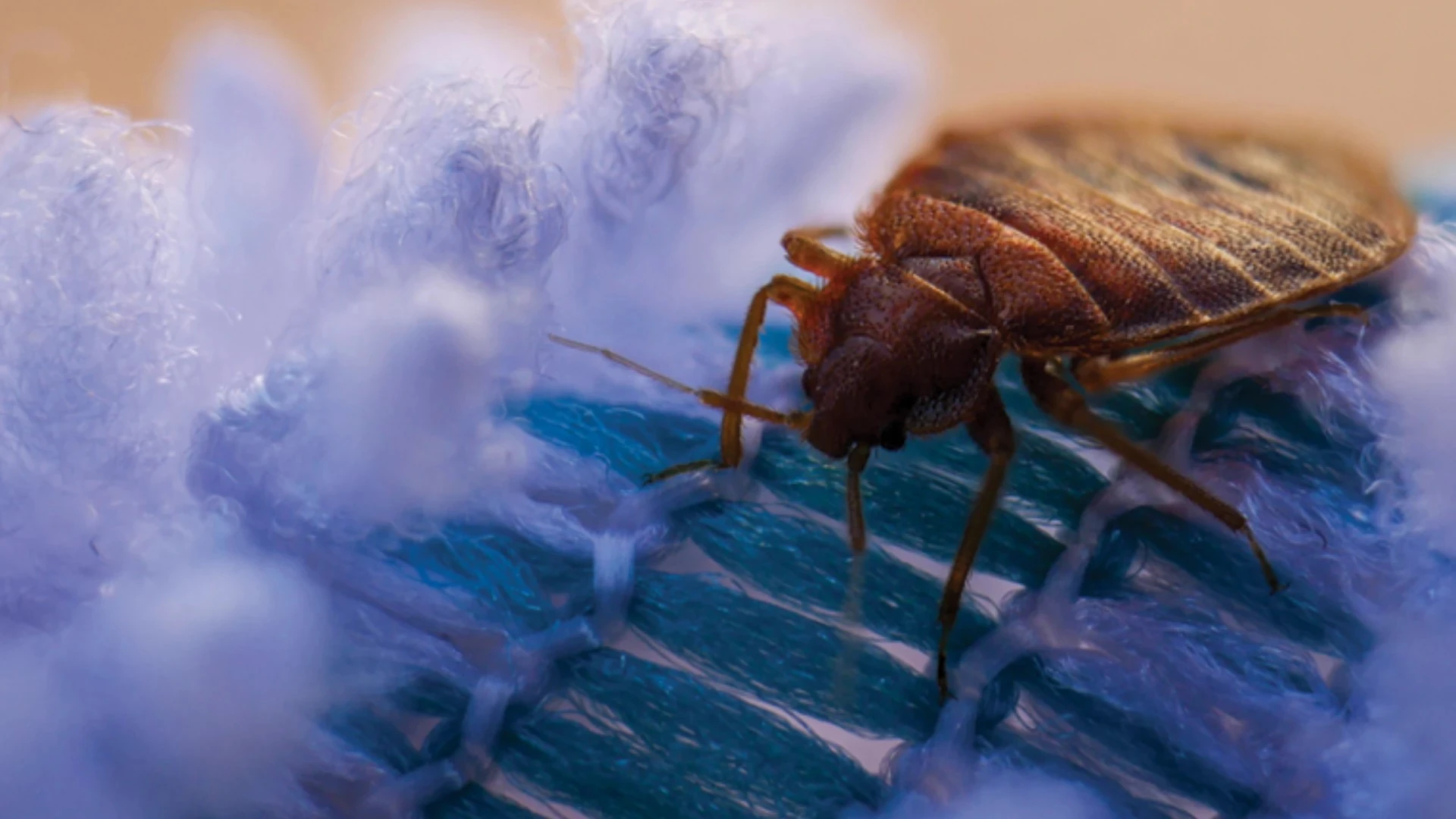Last month, in an article titled, "The How and Why of Giving Back," PCT profiled several companies that contributed their time and resources to a variety of charitable causes in 2009. Among the companies profiled were Arrow Exterminators, Bed Bug Central, Wil-Kil Pest Control, Copesan Services and Holder’s Pest Control. While each of these companies’ actions are commendable, what I’ve learned in covering this industry for more than 30 years is that their actions are part of the DNA of a significant number of PMPs, in large part because of the "family" nature of the industry, which recognizes the inherent value of personal relationships. Every year, PCT Editor Jodi Dorsch and PCT Internet Editor Brad Harbison receive dozens of press releases and phone calls from pest control companies, distributors and basic manufacturers highlighting various public service projects and other community outreach activities that are making a positive difference in people’s lives both within and outside the pest management industry.
That’s because pest management professionals understand volunteerism is an essential part of America’s social fabric. It’s what makes us strong as a nation. From an early age we’re urged by our parents, teachers, pastors and business leaders to give back to society, to leave our communities a better place than we found them. It’s why Target Specialty Products has sponsored a charity golf tournament every year for the past decade. Since its inception, the tournament has raised more than $397,000 for the American Cancer Society, undoubtedly saving countless lives in the process. Target’s actions — as well as the actions of all those companies mentioned above — remind me of the comments of Gary W. Rollins, president and chief executive officer of Rollins Inc., upon receiving his Crown Leadership Award in 1998. "From those to whom much is given, much is expected," he said.
No truer words were ever spoken. And during these times of high unemployment and economic uncertainty, when a growing number of people find themselves at grave financial risk, those words are perhaps more relevant today than at any time in our history other than the Great Depression. That’s why a recent study about volunteerism from the Bureau of Labor Statistics is so heartening. According to the recently released report, approximately 63.4 million people — or 26.8 percent of the U.S. population — volunteered through or for an organization in 2009 compared to 61.8 million in 2008.
"In this time of economic distress, the need for service and volunteering is more critical today than ever before, and Americans are responding," said Stephen Goldsmith, board chair of the Corporation for National and Community Service. "We’re seeing a compassion boom across this country, where communities are banding together and neighbors are reaching out in service to others. It is truly the generosity of the American spirit at its best." And the PCT staff witnesses these acts of kindness and generosity virtually every day in the pest management industry, as I’m sure you do in your own communities.
Perhaps, in the end, that will be the greatest lesson of the so-called "Great Recession." The return to our roots as a nation of the inherent value and strength of community. If that’s the case, the pest management industry will have played a key role in leading the way to a better future as we rediscover as a nation what is most important in life — our relationships with others.
The author is publisher of PCT magazine.

Explore the March 2010 Issue
Check out more from this issue and find your next story to read.
Latest from Pest Control Technology
- Rentokil Terminix Expanded in Key Markets with 2024 Acquisitions
- In Memoriam: Joe Cavender
- Certus Acquires Green Wave Pest Solutions
- Liphatech Adds Alex Blahnik to Technical Team
- Do the Right Sting: Stinging Insect Identification, Management, and Safety
- VAGA's 8th Annual Veterans Thanksgiving Appreciation Dinner
- Clark's Blair Smith on the Response to Increased Dengue Fever Cases in Southern California
- WSDA, USDA Announce Eradication of Northern Giant Hornet from U.S.





